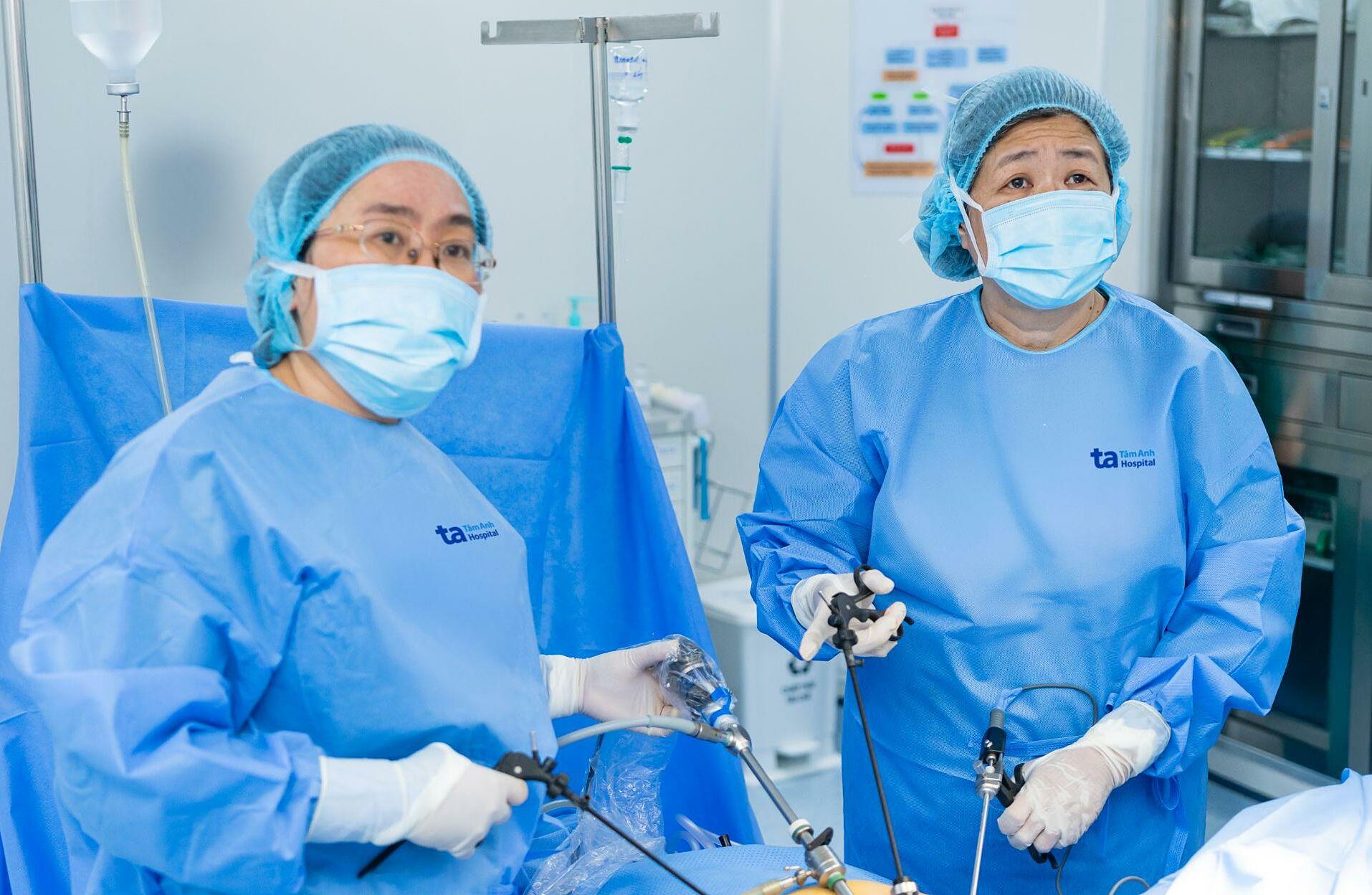Answer:
Cervical cancer is a common gynecological malignancy, largely linked to persistent infection with high-risk HPV. This disease doesn't appear suddenly but typically progresses through a precancerous stage lasting many years.
HPV is the human papillomavirus, of which around 40 strains can cause genital diseases. Twelve high-risk strains can lead to cervical cancer, including types 16, 18, 31, 33, 35, 39, 45, 51, 52, 56, 58, and 59. The virus often presents no obvious symptoms, persists for a long time, and progresses silently. HPV is usually transmitted through skin-to-skin contact, especially during sexual intercourse. Progression from high-risk HPV infection to cancer can take 5 to 15 years. Without screening, by the age of 40-45, as in the case of the reader and her colleague, HPV has sufficient time to cause abnormal cell changes and progress to cervical cancer.
In middle age and menopause, a woman's immune system weakens, reducing the ability to clear HPV. Decreased estrogen causes the vaginal and cervical lining to thin and dry, making it more susceptible to damage and potentially increasing the risk of cancer.
Early-stage cervical cancer often has no clear symptoms. Some women may experience abnormal vaginal bleeding after intercourse, between periods, or after menopause; unusual vaginal discharge; pain during intercourse; pelvic pain; or swelling in the lower extremities. By this point, the damage is often significant and may have spread.
If not detected and treated promptly in the precancerous stage, abnormal cells can breach the basement membrane, invading deeper tissues and developing into invasive cervical cancer. The formation and development of precancerous lesions take a considerable amount of time, so early detection allows for timely treatment. With early intervention, patients can survive for more than 5 years without recurrence.
 |
Doctor Nguyen Ba My Nhi (right) performs a hysterectomy on a woman with cancer after 20 years of HPV infection. Photo: Thanh Luan |
Doctor Nguyen Ba My Nhi (right) performs a hysterectomy on a woman with cancer after 20 years of HPV infection. Photo: Thanh Luan
Many women can detect precancerous lesions or early-stage cancer in their early 30s and 40s. Conversely, women who rarely undergo regular gynecological checkups often have the disease revealed at a later stage, leading to a higher average age of diagnosis. Middle-aged women who don't undergo cervical cancer screening may discover the disease at an advanced stage. In reality, all sexually active women are at risk, even after menopause. Women should be screened regularly from 21 to 65 and not neglect screening after childbearing years.
To prevent HPV infection, couples should use condoms, practice safe sex, avoid sharing towels and underwear, and consider HPV vaccination. Women should have regular gynecological examinations and cervical cancer screenings, especially between the ages of 30 and 50.
Doctor Nguyen Ba My Nhi
Director of the Obstetrics and Gynecology Center
Tam Anh General Hospital, TP HCM
| Readers can submit questions about obstetrics and gynecology here for doctors to answer. |












